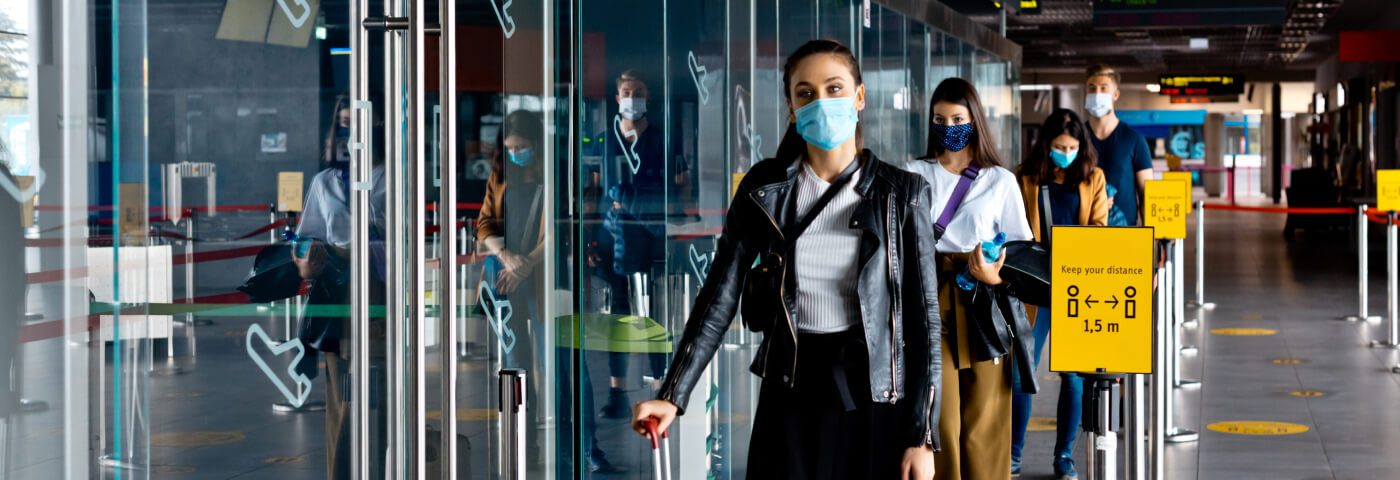As aviation responds to the unprecedented COVID-19 situation, aviation journalist John Walton offers his opinion and analysis of the steps needed to reassure passengers and to get the world moving again.
It’s no exaggeration to say that the COVID-19 crisis has been, and continues to be, the greatest challenge to commercial aviation in its more than one-hundred-year history. The response will define the industry for generations, and like the rest of the world, the industry will be forever changed by the decisions it makes.
Many airlines have been doing hard work to persuade passengers that flying right now is safe. Some airlines are blocking seats on the recommendation of their medical advisors, some others are not on the advice of different medical advisors, and it’s clear there isn’t currently a global, coordinated approach.
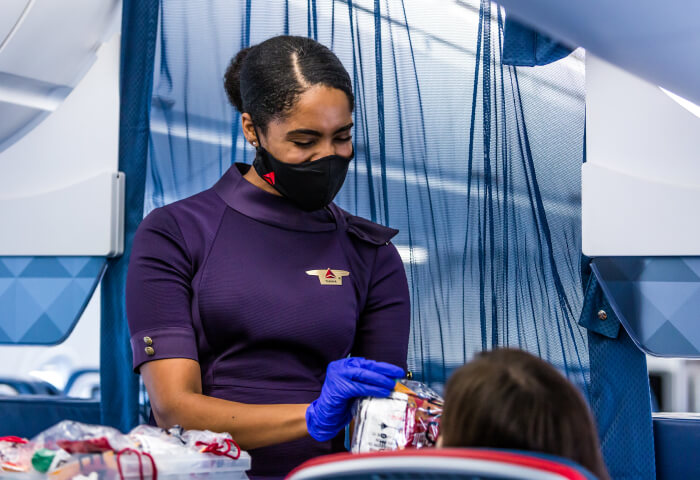
Currently, there is little international coordination, with different countries and airlines having different strategies. As the northern hemisphere heads into winter, the expected seasonal amplification of the coronavirus could see travel drop even further. With second waves growing in many countries that have had success in combating the virus, and further growth of the first wave continues in those that have not, it will be a turbulent few months.
By and large, airlines’ priority right now is survival, especially as in some countries the governmental support, furlough schemes and wider economic initiatives are scheduled to end. But the key for aviation will be to innovate out of this crisis — a theme that countless interiors suppliers worldwide have been reiterating this summer when I’ve spoken to them.
Airlines need to drive passenger trust inside, and outside, the cabin
People are, by and large, concerned about the risks of catching COVID-19 when travelling, especially in the close confines of the aircraft cabin. Almost every airline’s website has earnest, serious pitches about their new cleaning programmes, safety standards, air filtration, onboard masking requirements, and service changes to minimise contact.
Many are revamping premium cabin amenity kits to include disinfectant for hands, in the form of alcohol gel, and for nearby surfaces, in the form of a disinfecting wipe. These products are also widely available in economy class, and passengers continue to bring their own onboard.
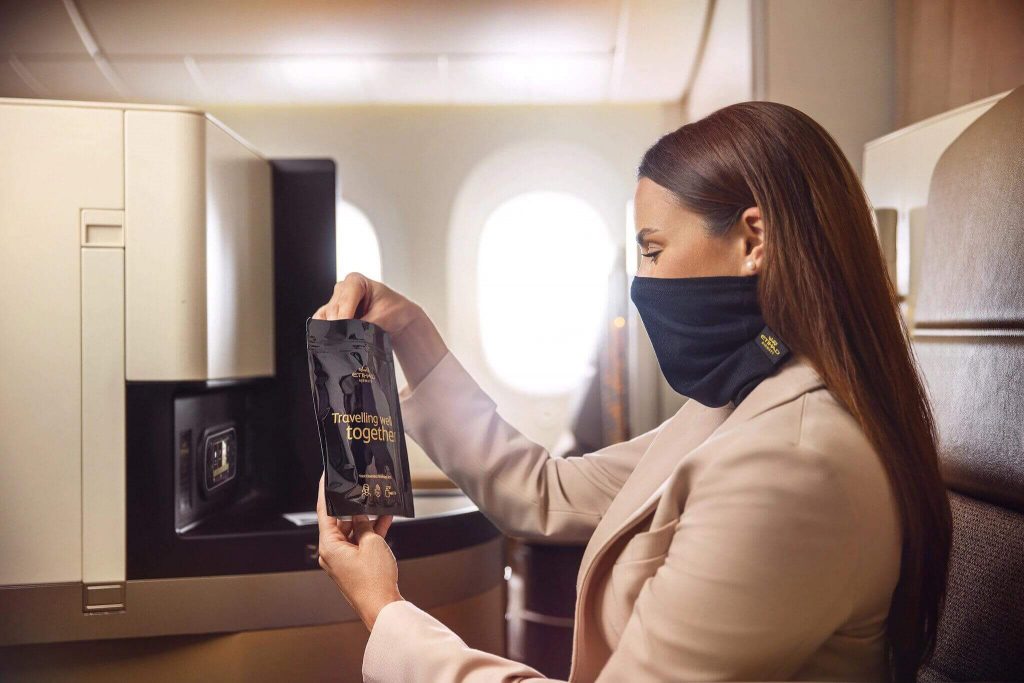
The efforts outside the cabin are equally important too: with extra bus gate vehicles being laid on by some airlines to enable physical distancing, accelerated rollout of contactless #PaxEx touchpoints, and even increased automation of many processes.
The need for cabins to be not just clean but visibly clean is at the front of minds across the industry. Much of the innovation in the past has focussed on hiding dirt with carefully crafted fabrics on floors and seats. Now innovations and new products will abound as airlines seek to prove the absence of dirt and grime. Will we finally see non-textile flooring conquer the cabin, for example?
The spread of the virus onboard is still being studied
Fundamentally, there are still many questions about the spread of this particular coronavirus within cabins. There’s no scientific consensus yet, despite a lot of modelling, and airlines shouldn’t be afraid to say that.
Trade association IATA, in response to studies from the early epidemic, recently stated that “we believe that the data is telling us that the risk of onboard transmission of the virus is low when compared with other public indoor environments, such as trains, buses, restaurants and workplaces. There are published examples which indicate a much higher risk in these environments.”
But the US Centers for Disease Control and Prevention is clear that travel is included as one of its “higher risk activities”.
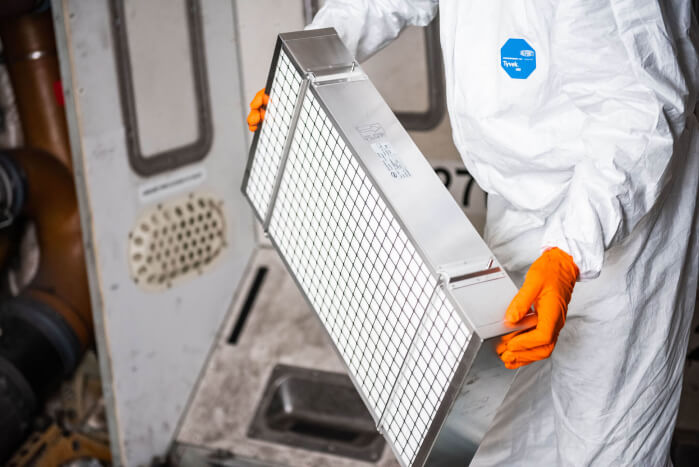
“Air travel requires spending time in security lines and airport terminals, which can bring you in close contact with other people and frequently touched surfaces,” the CDC says. “Most viruses and other germs do not spread easily on flights because of how air circulates and is filtered on airplanes. However, social distancing is difficult on crowded flights, and sitting within 6 feet of others, sometimes for hours, may increase your risk of getting COVID-19.”
The European Centre for Disease Prevention and Control concurs: “all forms of transport that bring people into close proximity, particularly in closed/indoor spaces, pose an increased risk for transmission.
It is a fundamental problem that the science is still out on how coronaviruses spread on aircraft — HEPA filters notwithstanding — and indeed on how the aerosol and droplet behaviour of the SARS-CoV-2 coronavirus that causes COVID-19 may be affected by what are relatively dry environments.
Related posts
What if airlines admitted they don’t know the extent to which it is transmitted inside the cabin? What if they properly acknowledged — as they used to do when talking about holistic passenger journeys — that air travel doesn’t begin and end onboard the aircraft, and that airports may need to drastically change in capacity and operation until a vaccine is found?
Airlines should be highlighting the steps they are taking to make flying as safe as possible. As we still don’t know if flying is any more or less safe than any other environment, airlines need to show the ways they’re trying to keep passengers as safe as they can.

There is much positive work coming out around branded sanitisation processes that show passengers that airlines are acting responsibly: The PlaneCareCleanStandard+ sort of initiative, co-branding with household names like Clorox, and so on.
New responsibilities for airlines in the new normal
The COVID-19 pandemic has changed our world in ways we can’t even measure, and in many ways, we haven’t even realised yet. As an industry spanning that world, the passenger experience has changed, is changing and will continue to change.
The aviation industry is still looking for signs that travel can return to 2019 levels – but should that be the goal? Behind the coronavirus crisis looms what may be a bigger one: our changing climate and the effect that climate change has on us all.
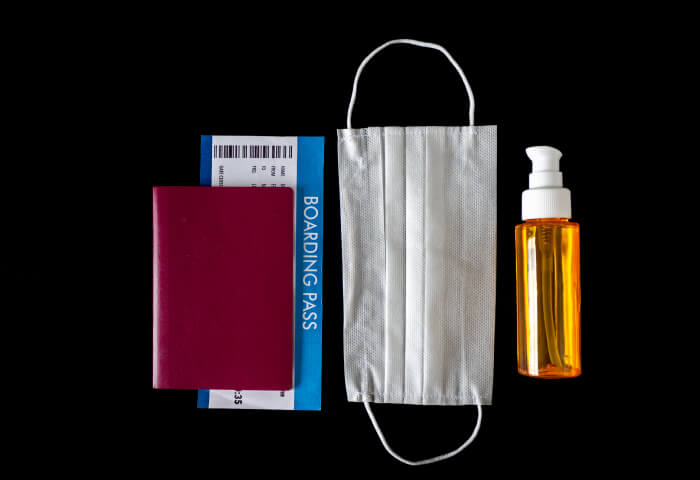
The two issues are already inextricably linked in many countries, with bailout agreements between European governments and airlines being used to curtail domestic flying where lower-carbon replacements are an option.
Airlines are, and need to engage even more strongly with a sustainable agenda rather than resent or fight it, embracing through-ticketing, protected connecting itineraries, and engaging with new services to make passenger journeys easier.
The lessons of the COVID-19 experience, whatever they turn out to be, need to be learned and integrated into the passenger experience of the future.


